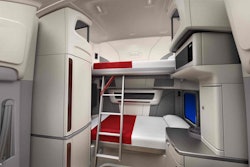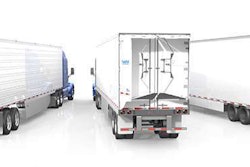This is the first of a three-part series that looks at the benefits of using remote diagnostics on trucks not factory-equipped with them.
New technologies can be intimidating, often providing levels of information end users may have never seen before – and may not know what to do with it once they see it. But, if properly harnessed, that kind of deep-dive into your business and equipment utilization can be life-changing.
“Simply put, fleets choosing to not utilize a remote diagnostics platform are missing out on insight that leads to cost savings and increased uptime,” says Noregon Chief Technology Officer Dave Covington.
However, outfitting trucks with remote diagnostic capabilities that weren’t factory-equipped with them can be tricky.
Pre-2008 trucks operated on J1587 and J1708 circuitry and PacLease maintenance manager Rick Tapp says companies would broadcast in Failure Mode Indicators, which could be easily tracked to an SAE code related to a specific engine problem.
In transitioning to more modern J1939 circuitry, Tapp says the broadcast became more complex and less relatable to a singular, specific issue.
“So, you really need like a secret decoder ring to take that broadcast and interpret that into an actionable item,” he says. “There were probably, maybe, only 100 codes available in 2006 and now there’s probably over 1,200 codes.”
Greg Treinen, manager of Connectivity for Daimler Trucks North America, says most Detroit-powered Freightliner and Western Star trucks built since April 2011 include the connectivity platform that delivers Detroit Connect Virtual Technician remote diagnostic service. That platform is also compatible with older EPA10-era Detroit engines with retrofit kits available through Daimler Truck dealers or through the company’s telematics partner Zonar Systems. However, Zonar’s V3 platform cannot deliver the same OEM diagnostic insights that Detroit’s Virtual Technician provides, instead relying on information pulled from the truck’s J1939 network.
The information feed coming from the truck’s J1939 network can lack the kind of detail captured by native diagnostic platforms, but it can still communicate layers of information needed to drive uptime decisions.
“If a fleet is running older equipment, their vehicles are naturally more susceptible to the catastrophic issues that can put a vehicle on the side of the road,” Covington says.











